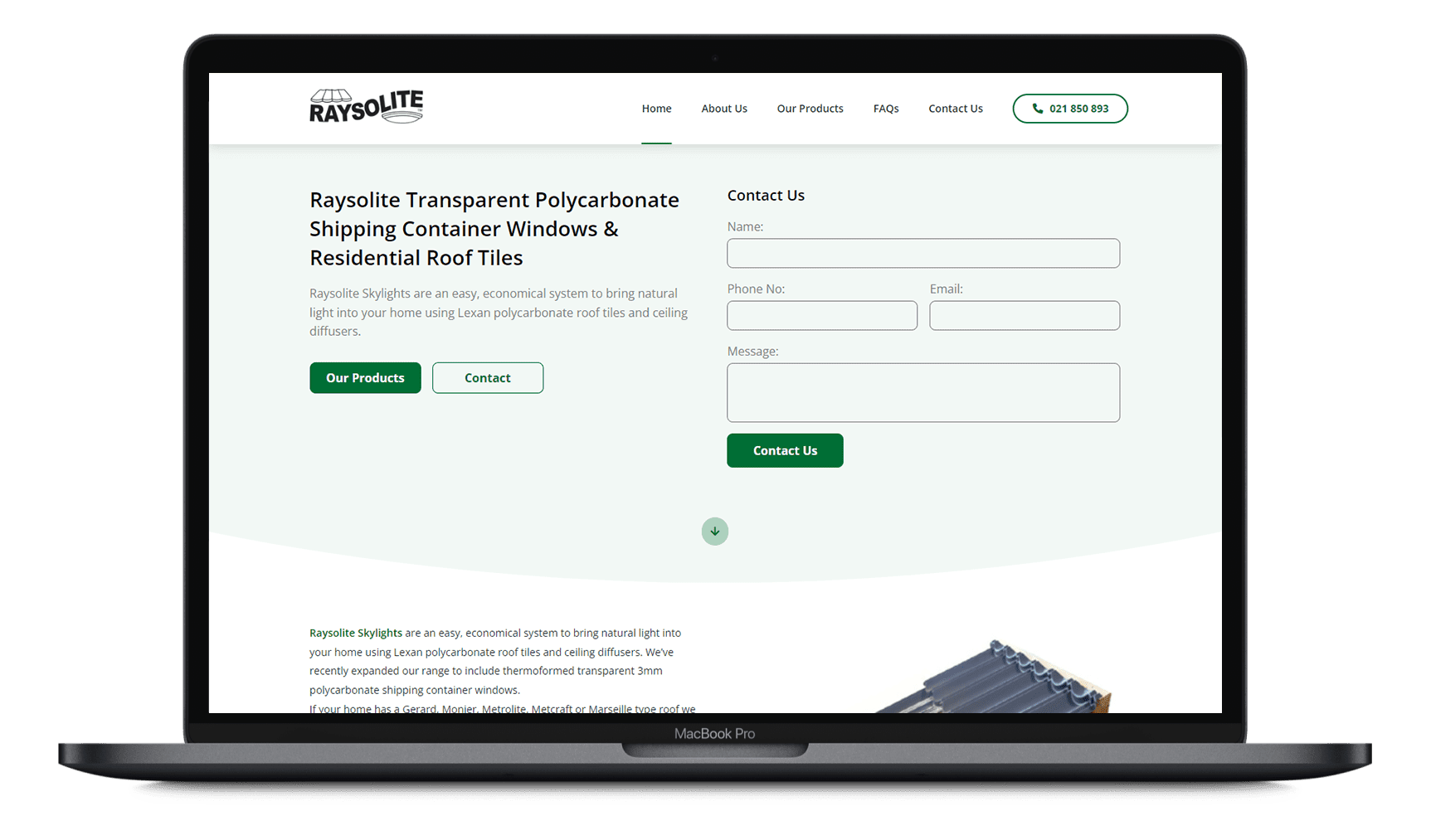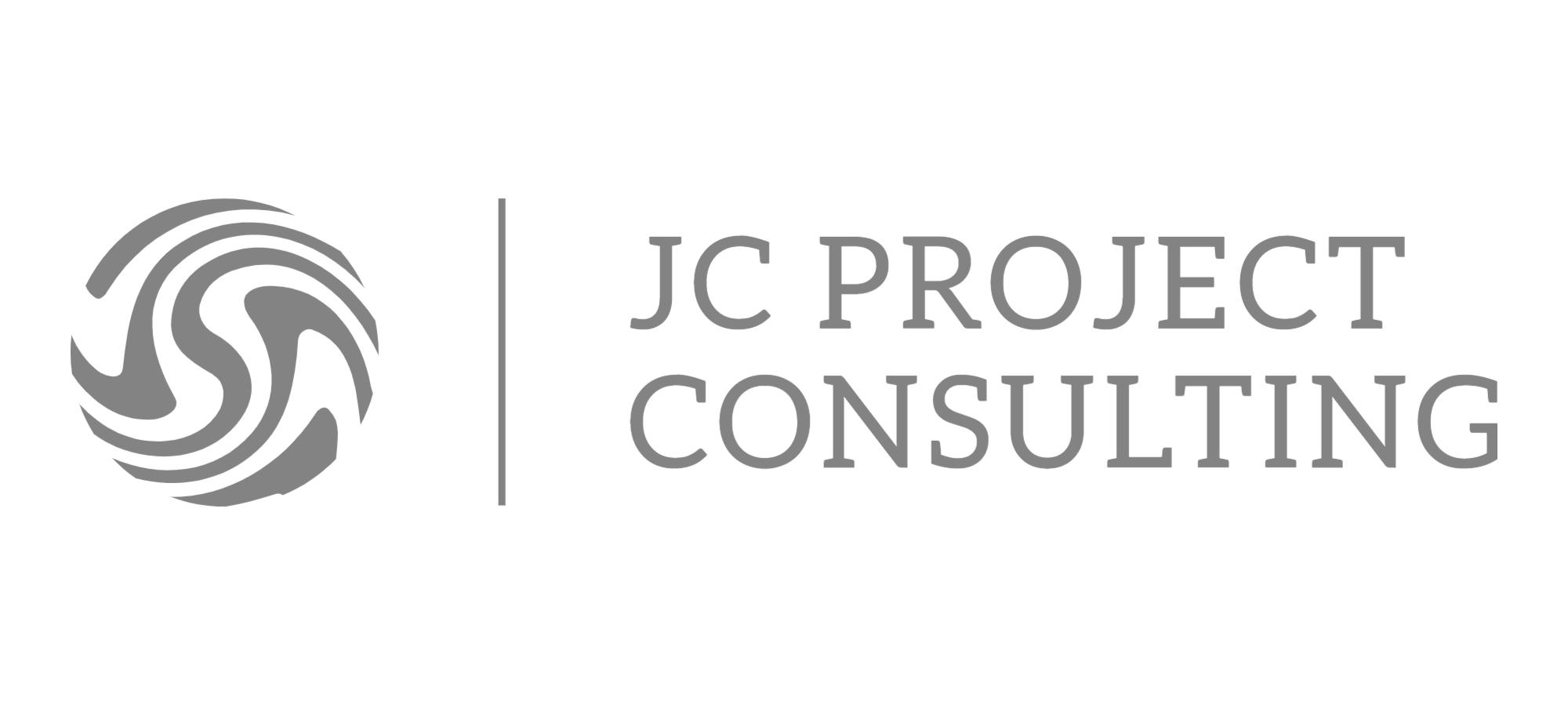Key Points:
Pixel stuffing is a common form of ad fraud, hiding ads in tiny pixels.
It can lead to inflated advertising costs and skewed analytics.
New Zealand businesses need to be aware of these risks and adopt countermeasures.
Detection and prevention require advanced fraud detection software and vigilance.
![]()
Understanding Pixel Stuffing and Its Impact on New Zealand Businesses
In the ever-evolving world of digital advertising, New Zealand businesses face a growing threat from a deceptive practice known as pixel stuffing. This article delves into what pixel stuffing is, how it works, the risks it poses to businesses, and effective strategies to counteract this type of ad fraud.
What is Pixel Stuffing?
Pixel stuffing involves placing ads, or even an entire website, inside a minuscule 1×1 pixel frame, rendering them invisible to users. Despite their invisibility, these ads run alongside legitimate ads, generating fake impressions. Advertisers, including those in New Zealand, unknowingly pay for these fraudulent impressions, often artificially inflated by bots.


































